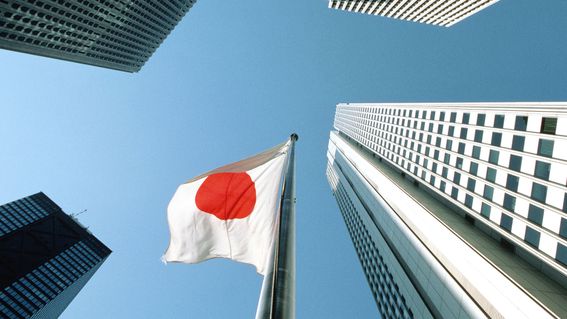
- The BOJ announced a hawkish tweak to its yield curve control (YCC) program, shifting the hard cap on the 10-year Japanese government bond yield to 1% from 0.5%.
- Bond yields rose after the BOJ decision, offering negative cues to risk assets, including bitcoin.
- BOJ’s YCC has been a major source of liquidity for global markets since 2016. The move away from the liquidity-boosting policy may have global repercussions.
Bitcoin (BTC) held above $29,000 early Friday, while Japanese and U.S. government bond yields rose after the Bank of Japan (BOJ) maintained low-interest rates, but announced a slight hawkish tweak to its liquidity-boosting bond-buying program called yield curve control (YCC).
The central bank retained the short-term interest rate target at 0.1% and the YCC’s 10-year government bond yield target around 0%. It also maintained its December 2022 decision to allow the 10-year yield to move 0.5% up and down each around the 0% target.
The bank, however, said that the 0.5% band would be a reference and not a hard cap, promising more flexibility in the yield curve control.
“The BOJ retained the language around 0.5% target for 10Y JGB, but moved the hard cap to 1%, with a vague language on “flexibility.” I think this is basically a proper YCC tweak, with semantics designed to make people think it’s not as hawkish as it is,” rates strategist Rishi Mishra .
Chris Weston, head of research at foreign-exchange brokerage Pepperstone, said the new hard cap is 1%.
The move comes days after the International Monetary Fund urged the BOJ to move away from the yield curve control to prepare for eventual interest rate hikes.
Several investment banks had anticipated a band widening to 100 basis points from 50 bps, with Goldman Sachs saying it might send out a wrong signal to the market.
Bitcoin did not see big moves following the BOJ decision and continued to trade sideways, around $29,250.
However, bond yields rose, offering negative cues to risk assets, including bitcoin. The 10-year Japanese government bond yield rose six basis points to 0.56%, reaching the highest since January. Its U.S. counterpart rose three basis points to 4.03%, extending the overnight 13 bps gain.
The BOJ relaxing its grip on the bond market at a time when the Federal Reserve and other major central banks look set to hold interest rates higher for longer might mean a challenging time for risk assets. BOJ’s yield curve control – perpetual QE – has been a significant source of liquidity for the global markets since 2016. The program has also contributed to lowering borrowing costs across the advanced world.
Edited by Sam Reynolds.

